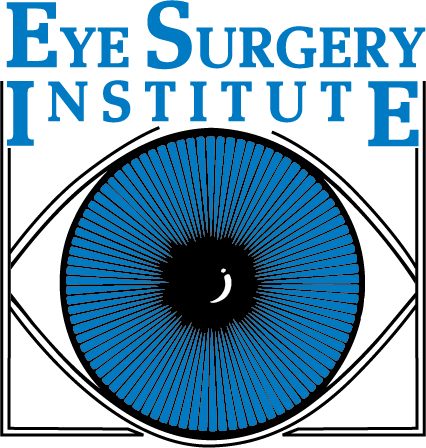Changes in Intraocular Implants
As a comprehensive ophthalmologist, my primary surgery is cataract surgery. The methods and technology used for cataract surgery are constantly evolving. For example, in the past, patients had to wear very thick eyeglasses after cataract surgery. This is no longer necessary since intraocular implants became available. When I completed my residency training, almost all intraocular implants were monofocal. This means they only correct vision for one distance. If the intraocular implant is corrected for distance, the patient still needs glasses for computer and reading. Over the years, much new technology has been developed.
New Technology
It is important that I stay educated on new technology that is developed. I focus on technology that is relevant to my practice. I educate myself by reading peer reviewed journal articles, articles regarding experiences of other doctors, and attending local and national conferences. I also discuss with colleagues their experiences.
I use the information I learn to gather my own opinion on the value of the new technology. It is important that I feel it is safe for my patients and that it will offer an improved outcome. I often wait a few months after the technology is approved by the FDA to learn from the real world experience of other ophthalmologists.
Initially when I implement a new technology, I may try in in a very select group of patients. I evaluate the results before proceeding with a larger group of patients.
Cataract Surgery Intraocular Implants
When I first trained in cataract surgery, monofocal intraocular implants were primarily used. Most patients still required glasses after their cataract surgery due to either astigmatism and/or near vision needs.
Many patients have astigmatism and benefit from a toric intraocular implant. I discuss the option of this implant with all patients who have corneal astigmatism. It reduces the dependence on glasses after cataract surgery.
Multifocal implants can help correct vision both at distance and for near activities. These intraocular implants can work well for patients who wish to be less dependant on glasses for both distance and near. I am cautious about recommending these intraocular implants due to the potential for decreased contrast sensitivity and difficulty with night driving.
The Symfony implant corrects vision provides more of a continuous vision by using an extended range of focus technology. This lens will be a good option for patients who have a desire to be less dependent on glasses for all activities. It does not run the same risk of halos and glare.
Staying Educated
It is important that I continue to learn and evolve the technology that I utilize. This will provide my patients with the best outcomes possible.
Alaina Kronenberg, M.D.
Cataract Specialist
Comprehensive Ophthalmologist
Dearborn, Michigan 48126
